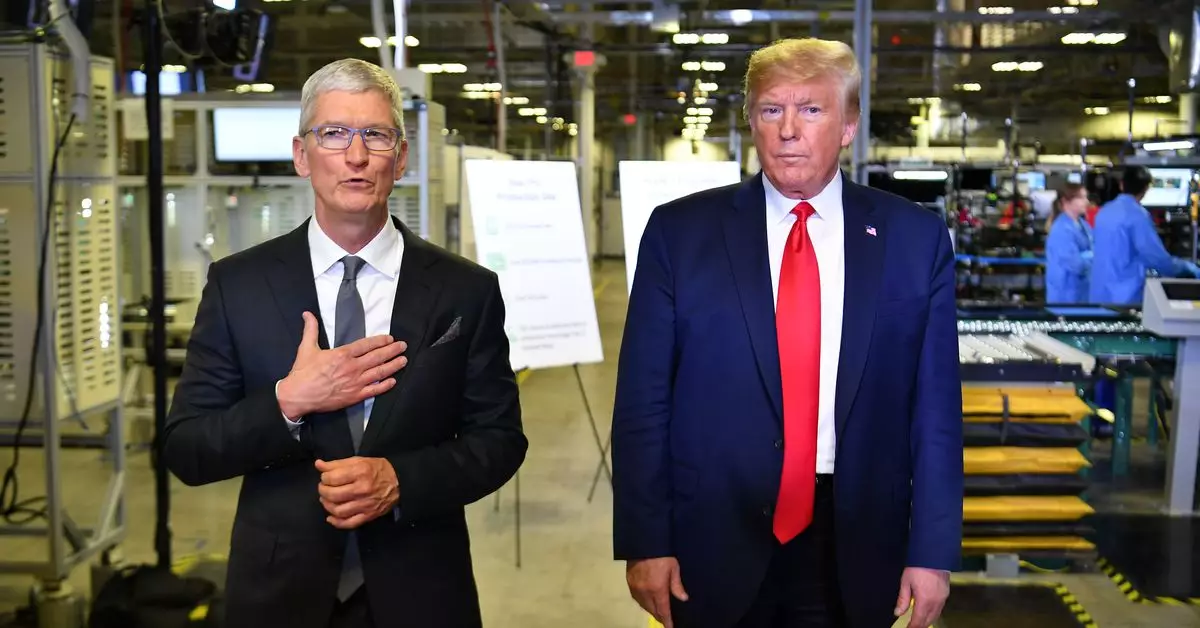In the intricate interplay between corporate giants and political power, the relationship between tech leaders and government officials often shapes policies that can impact entire industries. A prime example is the connection forged by Apple CEO Tim Cook with former President Donald Trump during his first term. This alliance not only set a precedent for how technology executives could engage with political leaders, but it also illuminated the nuanced strategies required to navigate the high-stakes realm of Washington politics.
Tim Cook’s success in establishing a rapport with Trump was characterized by a blend of personal engagement and strategic communication. Unlike many of his peers, who often relied on lobbyists and formal channels, Cook opted for direct interactions that included personal phone calls and private dinners. This approach distinguished him in a field where many executives struggled to gain a foothold with the administration. By humanizing the relationship, Cook created an environment conducive to dialogue and cooperation, allowing him to effectively advocate for Apple’s interests.
One of the key elements of Cook’s strategy was his focus on presenting simplified data points during meetings with Trump. By narrowing the discussion to a single, impactful statistic or piece of information, Cook not only kept the conversation focused but also ensured that Trump could easily digest the material. This tactic is particularly noteworthy given Trump’s well-documented preference for straightforward communication. The ability to distill complex issues into clear, concise messages likely made Cook’s appeals more persuasive and effective, avoiding the pitfalls of overly complicated discussions that could derail negotiations.
Cook’s ability to identify and emphasize areas of mutual interest between Apple and Trump’s policy objectives played a crucial role in solidifying their relationship. The strategy of aligning Apple’s goals with elements of Trump’s agenda—such as job creation and economic growth—provided a compelling narrative that benefited both parties. This savvy alignment not only enhanced Cook’s credibility with Trump but also positioned Apple favorably in the eyes of the administration, enabling Cook to influence significant decisions like tax policies and tariff adjustments that directly impacted the company’s operations.
The dynamics of Cook’s approach serve as a valuable lesson for current and aspiring tech leaders. As industry representatives seek to navigate complex political landscapes, the importance of personal relationships and strategic communication cannot be overstated. The willingness to engage directly and authentically with key political figures, while emphasizing shared goals, can lead to successful outcomes, both in shaping policy and in enhancing corporate standing.
As other leaders in the tech sector observe Cook’s successful playbook, including figures from Boeing and FedEx, it becomes increasingly clear that the strategies employed in this partnership are not merely opportunistic but rather foundational for effective corporate diplomacy. As the intersection of technology and politics continues to evolve, the principles demonstrated by Tim Cook’s engagement with Donald Trump will undoubtedly influence how tech executives approach their relationships with government figures moving forward, highlighting the enduring significance of personal connection in the realm of power.

